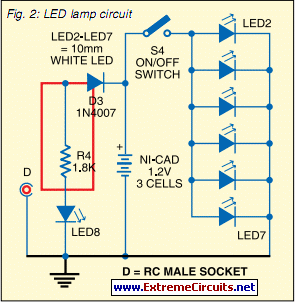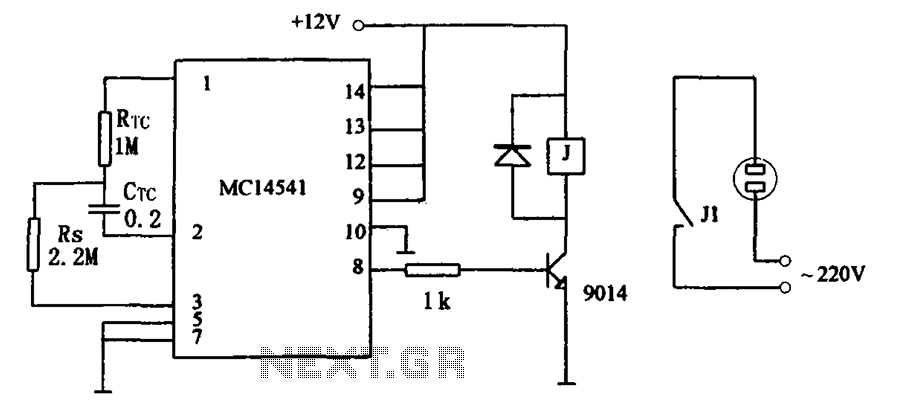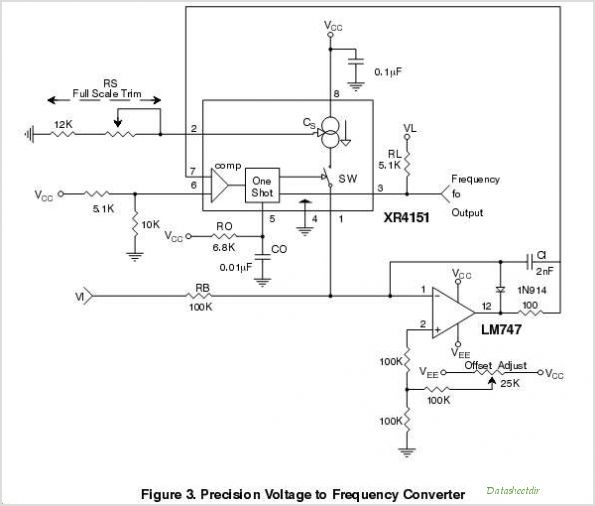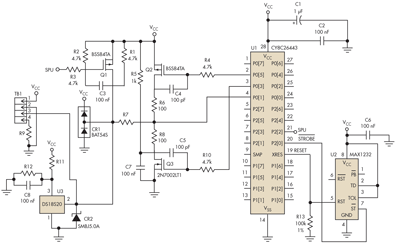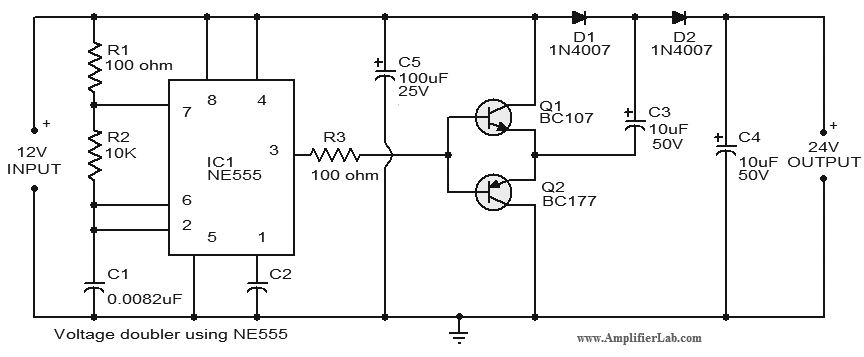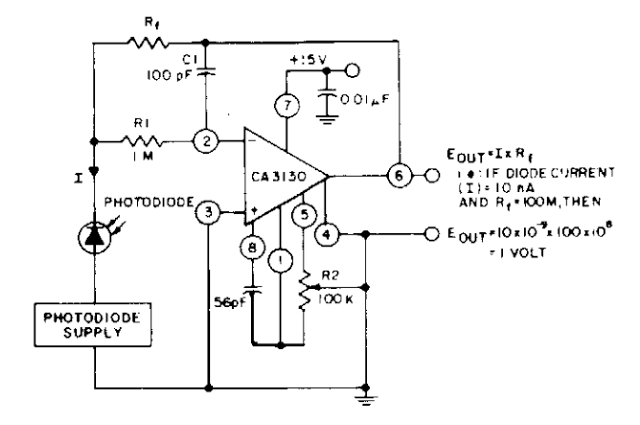
Microcontroller driven LCD panel with voltage measurement time EEPROM for computers
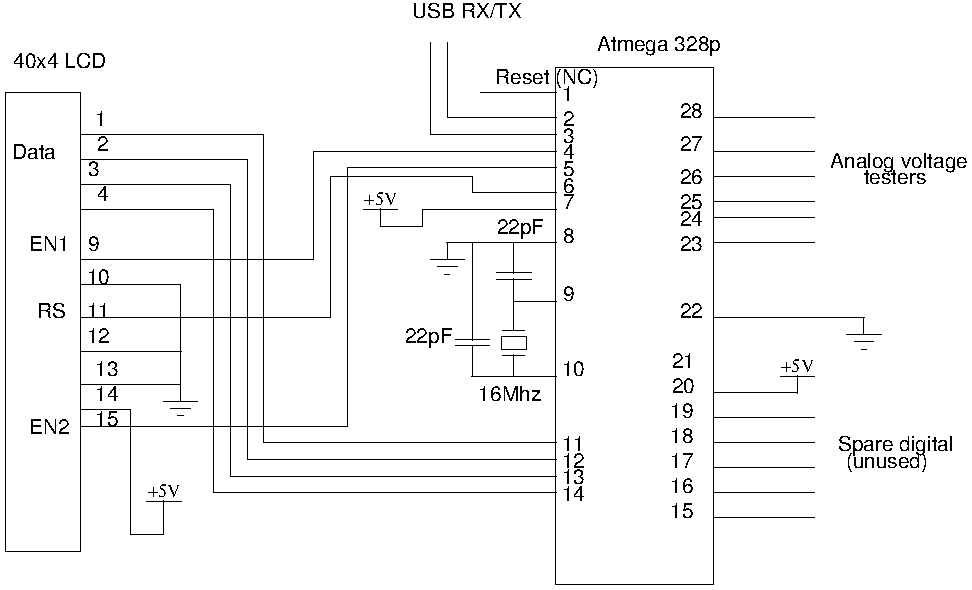
Drive a four-line LCD panel using an Arduino. The project initially aimed to control the LCD for displaying arbitrary information but evolved to include functionalities such as timekeeping, EEPROM read/write operations from the Atmel 328p, and voltage measurement. Multiple existing libraries are utilized, including the Time library and the two Controller LCD library. The 40x4 display is segmented into 8 segments of 20 characters each. Segment 0 corresponds to column 0, line 0, while Segment 1 corresponds to column 20, line 0. This segmentation facilitates the display of up to eight distinct status updates. To display "hello world" in segment 3, the command ":s3helloworld" is sent through the serial port.
EEPROM operations involve chunking the 1028 bytes of EEPROM into 8 segments of 128 bytes each, with Segment 0 designated as read-only, allowing for 128 bytes of ROM. To write to segment 3, the index command (:i3) is issued, followed by the write command (:wMySecretMessage). Reading from EEPROM requires the indexing first (:i3) and then executing the read command (:r). Voltage monitoring can be toggled at the analog pins (:a), with voltages displayed on the LCD in decivolts (e.g., 5.0V is represented as 50) and output in raw form on the serial interface (where 1023 equals 5V and 0 equals 0V). The complete Arduino source code is available as FourLinePanel.pde, which contains debugging information that prints each new command received; this debugging feature could be removed. Supported commands include: :t for displaying the time, :T<unix time> for setting the time, :l<message> for writing a message at the current position, :sN<message> for writing a message starting at segment N, :a for enabling analog voltage monitoring on the LCD and serial, :r for reading 128 bytes from EEPROM at the current location, :iN for indexing into segment N of the EEPROM, and :w<data> for writing data into EEPROM from the current location.
This project requires one Atmega microcontroller, an LCD panel, two 22pF ceramic capacitors, and one 16MHz crystal. A USB to serial cable may be needed for USB interfacing. The design powers the entire project through the USB port, minimizing the need for voltage regulation and additional components, as power over USB is typically clean. The schematic for the FourLinePanel can be downloaded. For computer interfacing, data is read from and written to the serial port at a baud rate of 38400 bits per second, with no flow control and no parity bits. An example program for interfacing with Python is provided, which sets the time on the FourLinePanel for GMT+5 hours.
Additionally, five spare digital pins are available for driving a Real Time Clock or LEDs, noted as "Spare Digital (unused)" in the circuit diagram. The analog voltage testers can serve as convenient tools for measuring voltage when a multimeter is not available or for continuously monitoring the voltage drop across devices such as photovoltaic cells.
This project exemplifies a versatile application of an Arduino in managing an LCD display, EEPROM data handling, and voltage monitoring, making it suitable for various informational and monitoring tasks in electronic projects.Drive a four line LCD panel from an Arduino. The project started out as a way to drive the LCD to display arbitrary information, but then evolved into a way to tell the time, read and write the EEPROM from the Atmel 328p, and measure voltage. I`m using many existing libraries: the Time library, and the two Controller LCD library. Segments the 40x4 display into 8 segments of 20 chars each. Segment 0 is column 0, line 0. Segment 1 is column 20 line 0. This allows an easy way to display up to eight different status updates. To write "hello world" in segment 3, you write ":s3helloworld " to the serial port. Read and write from EEPROM. The 1028 bytes of EEPROM is chunked into 8 segments of 128 bytes each. Segment 0 cannot be written to, which allows for 128 bytes of ROM. To write a segment 3, you index (:i3), then write (:wMySecretMessage ). To read from EEPROM, you index first (:i3), then read the full segment (:r). Voltage monitoring at analog pins can be toggled (:a). Voltages are displayed on the LCD (display shows all six pins in decivolts: 5. 0v is written 50) and written in raw form on serial (relative to 1023. 1023 = 5V, 0=0V) The entire Arduino source code is available as FourLinePanel. pde. It still has some debugging information left in, it prints the value of every new command it receives. This debugging could be removed. It supports a few commands: :t Displays the time :T sets the time :l
Writes message to current position :sN
Writes message starting at segment N :a Turns on analog voltage monitoring on LCD and serial :r Reads 128 bytes from EEPROM at current location :iN Index into segment N of the EEPROM :w
Write data into EEPROM starting at current location This requires one Atmega microcontroller, an LCD panel, two 22pF ceramic capacitors, and one 16Mhz crystal.
To interface it with USB, a USB to serial cable might be required. In my design, I`m driving the entire project using power from the USB port. This minimises the need for voltage regulation and additional components: power over USB is usually clean. You can download the schematic for the FourLinePanel here. To interface with a computer, you read and write to the serial port with 38400 bits per second, no flow control, and no parity bits.
An example program to interface this with Python is given below. import serial, time # Set the time on the FourLinePanel for GMT+5hrs # offset from GMT: Add 5hrs offset = 5*3600 port = "/dev/ttyUSB0" fourLine = serial. Serial(port, 38400); fourLine. write(":T" + str(int)(time. time() + offset) There are five spare digital pins that could be used to drive a Real Time Clock or LEDs.
These are marked as "Spare Digital (unused)" in the circuit diagram [png], and circuit diagram [ps]. The analog voltage testers can be used as handy ways to measure voltage at the desk when a multimeter isn`t handy, or to constantly monitor the voltage drop across a device (like a photovoltaic cell). 🔗 External reference
EEPROM operations involve chunking the 1028 bytes of EEPROM into 8 segments of 128 bytes each, with Segment 0 designated as read-only, allowing for 128 bytes of ROM. To write to segment 3, the index command (:i3) is issued, followed by the write command (:wMySecretMessage). Reading from EEPROM requires the indexing first (:i3) and then executing the read command (:r). Voltage monitoring can be toggled at the analog pins (:a), with voltages displayed on the LCD in decivolts (e.g., 5.0V is represented as 50) and output in raw form on the serial interface (where 1023 equals 5V and 0 equals 0V). The complete Arduino source code is available as FourLinePanel.pde, which contains debugging information that prints each new command received; this debugging feature could be removed. Supported commands include: :t for displaying the time, :T<unix time> for setting the time, :l<message> for writing a message at the current position, :sN<message> for writing a message starting at segment N, :a for enabling analog voltage monitoring on the LCD and serial, :r for reading 128 bytes from EEPROM at the current location, :iN for indexing into segment N of the EEPROM, and :w<data> for writing data into EEPROM from the current location.
This project requires one Atmega microcontroller, an LCD panel, two 22pF ceramic capacitors, and one 16MHz crystal. A USB to serial cable may be needed for USB interfacing. The design powers the entire project through the USB port, minimizing the need for voltage regulation and additional components, as power over USB is typically clean. The schematic for the FourLinePanel can be downloaded. For computer interfacing, data is read from and written to the serial port at a baud rate of 38400 bits per second, with no flow control and no parity bits. An example program for interfacing with Python is provided, which sets the time on the FourLinePanel for GMT+5 hours.
Additionally, five spare digital pins are available for driving a Real Time Clock or LEDs, noted as "Spare Digital (unused)" in the circuit diagram. The analog voltage testers can serve as convenient tools for measuring voltage when a multimeter is not available or for continuously monitoring the voltage drop across devices such as photovoltaic cells.
This project exemplifies a versatile application of an Arduino in managing an LCD display, EEPROM data handling, and voltage monitoring, making it suitable for various informational and monitoring tasks in electronic projects.Drive a four line LCD panel from an Arduino. The project started out as a way to drive the LCD to display arbitrary information, but then evolved into a way to tell the time, read and write the EEPROM from the Atmel 328p, and measure voltage. I`m using many existing libraries: the Time library, and the two Controller LCD library. Segments the 40x4 display into 8 segments of 20 chars each. Segment 0 is column 0, line 0. Segment 1 is column 20 line 0. This allows an easy way to display up to eight different status updates. To write "hello world" in segment 3, you write ":s3helloworld " to the serial port. Read and write from EEPROM. The 1028 bytes of EEPROM is chunked into 8 segments of 128 bytes each. Segment 0 cannot be written to, which allows for 128 bytes of ROM. To write a segment 3, you index (:i3), then write (:wMySecretMessage ). To read from EEPROM, you index first (:i3), then read the full segment (:r). Voltage monitoring at analog pins can be toggled (:a). Voltages are displayed on the LCD (display shows all six pins in decivolts: 5. 0v is written 50) and written in raw form on serial (relative to 1023. 1023 = 5V, 0=0V) The entire Arduino source code is available as FourLinePanel. pde. It still has some debugging information left in, it prints the value of every new command it receives. This debugging could be removed. It supports a few commands: :t Displays the time :T
To interface it with USB, a USB to serial cable might be required. In my design, I`m driving the entire project using power from the USB port. This minimises the need for voltage regulation and additional components: power over USB is usually clean. You can download the schematic for the FourLinePanel here. To interface with a computer, you read and write to the serial port with 38400 bits per second, no flow control, and no parity bits.
An example program to interface this with Python is given below. import serial, time # Set the time on the FourLinePanel for GMT+5hrs # offset from GMT: Add 5hrs offset = 5*3600 port = "/dev/ttyUSB0" fourLine = serial. Serial(port, 38400); fourLine. write(":T" + str(int)(time. time() + offset) There are five spare digital pins that could be used to drive a Real Time Clock or LEDs.
These are marked as "Spare Digital (unused)" in the circuit diagram [png], and circuit diagram [ps]. The analog voltage testers can be used as handy ways to measure voltage at the desk when a multimeter isn`t handy, or to constantly monitor the voltage drop across a device (like a photovoltaic cell). 🔗 External reference
Warning: include(partials/cookie-banner.php): Failed to open stream: Permission denied in /var/www/html/nextgr/view-circuit.php on line 713
Warning: include(): Failed opening 'partials/cookie-banner.php' for inclusion (include_path='.:/usr/share/php') in /var/www/html/nextgr/view-circuit.php on line 713
